
Alveolus
The (inter)alveolar septum is the wall between adjacent alveoli. This wall is lined by a simple squamous epithelium (type I cells) and septal cells (type II cells). The connective tissue core of the septum possesses connective tissue cells and reticular and elastic fibers. Numerous capillaries protrude from the septa into alveolar spaces to facilitate gas exchange. Surfactant coats the alveolus.

Alveolar lumens
The (inter)alveolar septum is the wall between adjacent alveoli. This wall is lined by a simple squamous epithelium (type I cells) and septal cells (type II cells). The connective tissue core of the septum possesses connective tissue cells and reticular and elastic fibers. Numerous capillaries protrude from the septa into alveolar spaces to facilitate gas exchange. Surfactant coats the alveolus.
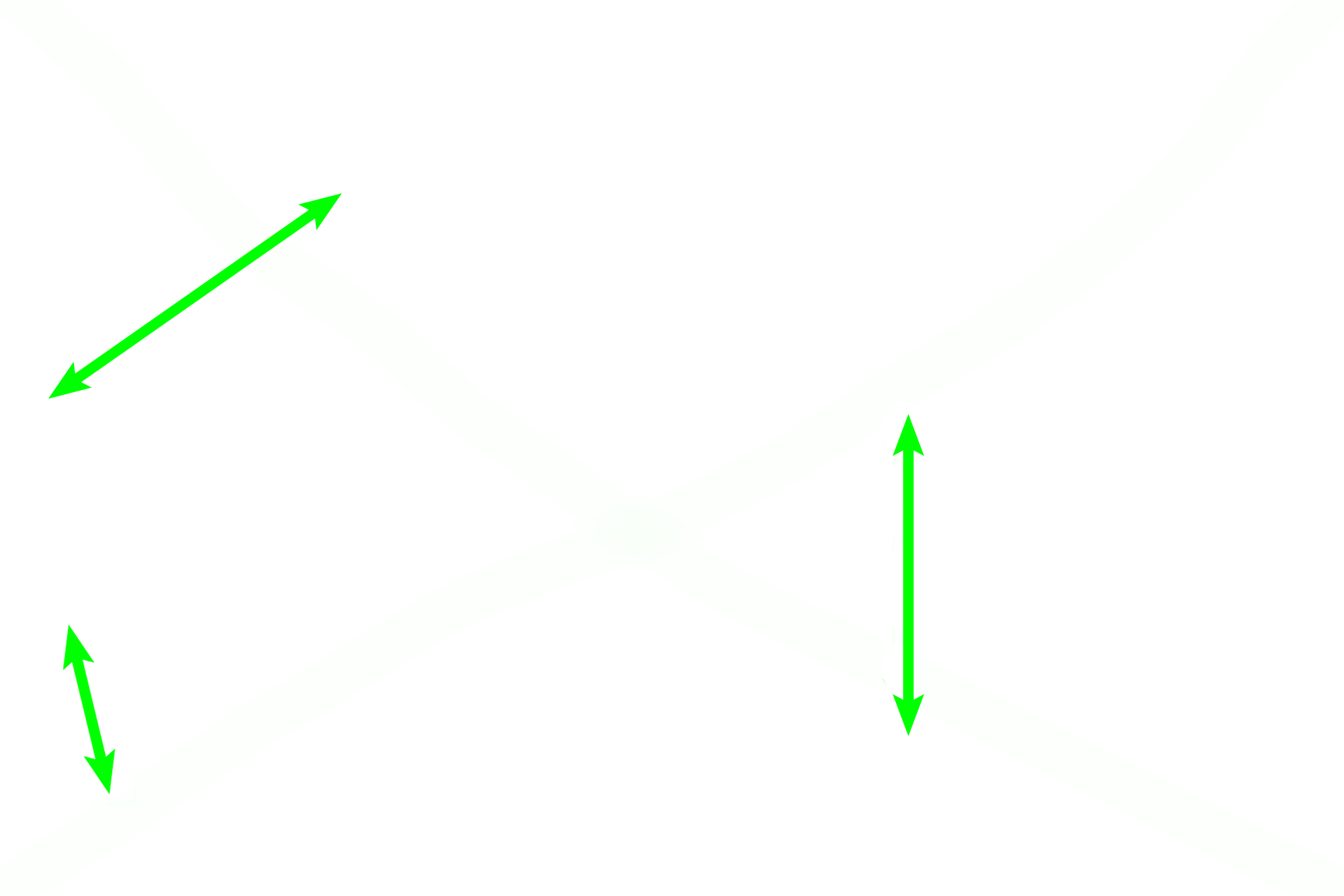
Interalveolar septa
The (inter)alveolar septum is the wall between adjacent alveoli. This wall is lined by a simple squamous epithelium (type I cells) and septal cells (type II cells). The connective tissue core of the septum possesses connective tissue cells and reticular and elastic fibers. Numerous capillaries protrude from the septa into alveolar spaces to facilitate gas exchange. Surfactant coats the alveolus.
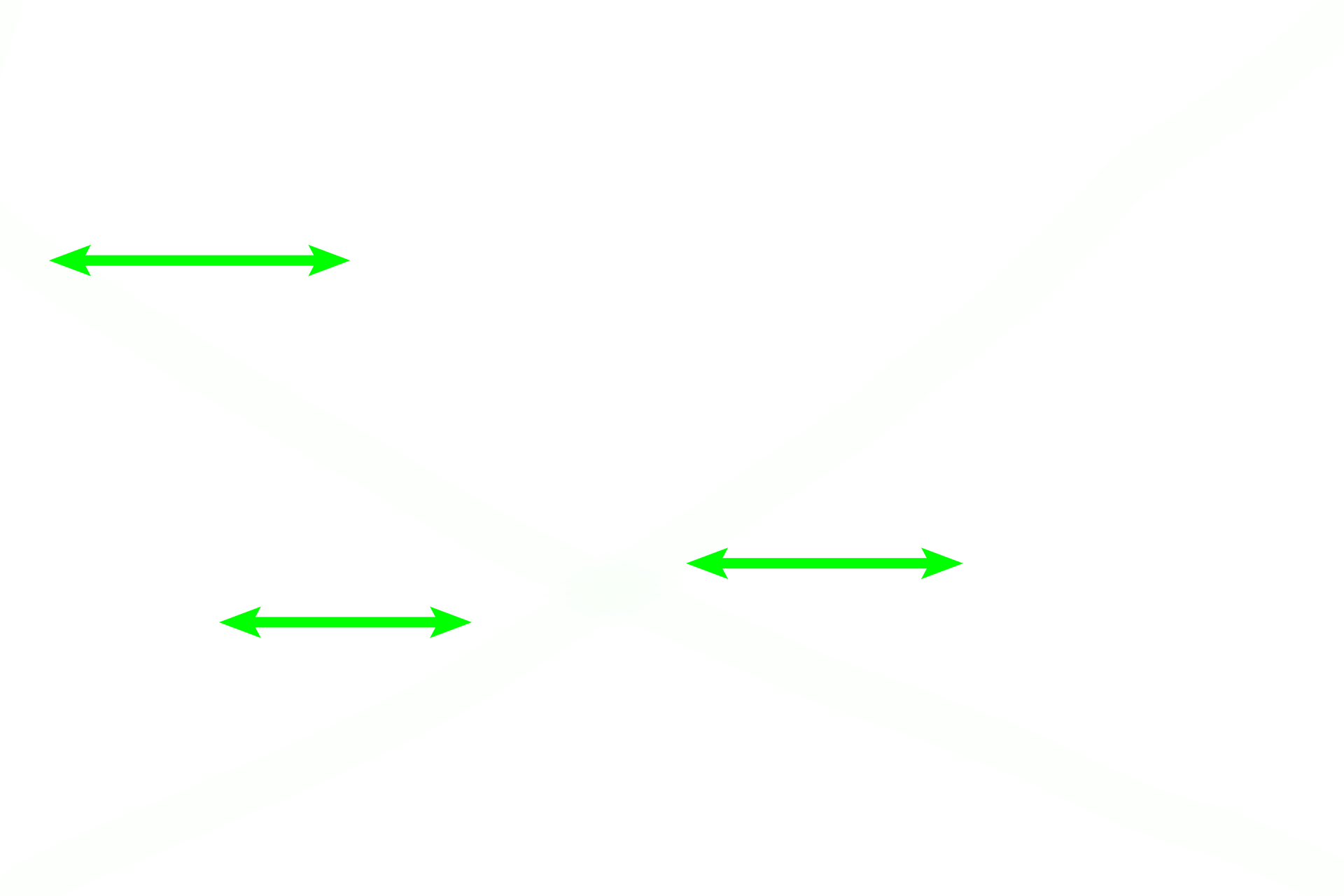
- Capillaries
The (inter)alveolar septum is the wall between adjacent alveoli. This wall is lined by a simple squamous epithelium (type I cells) and septal cells (type II cells). The connective tissue core of the septum possesses connective tissue cells and reticular and elastic fibers. Numerous capillaries protrude from the septa into alveolar spaces to facilitate gas exchange. Surfactant coats the alveolus.
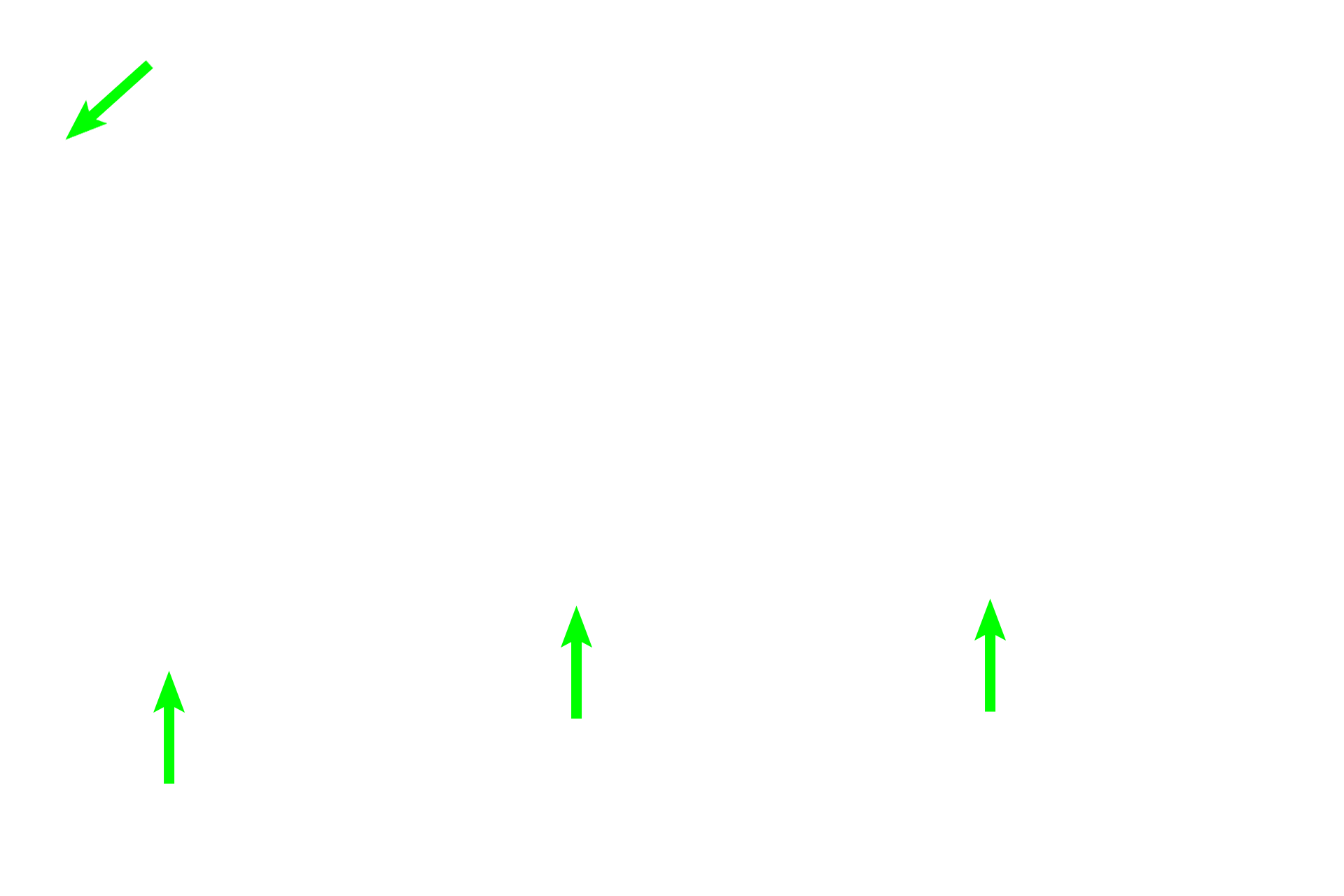
- Connective tissue core
The (inter)alveolar septum is the wall between adjacent alveoli. This wall is lined by a simple squamous epithelium (type I cells) and septal cells (type II cells). The connective tissue core of the septum possesses connective tissue cells and reticular and elastic fibers. Numerous capillaries protrude from the septa into alveolar spaces to facilitate gas exchange. Surfactant coats the alveolus.

- Fibroblast
The (inter)alveolar septum is the wall between adjacent alveoli. This wall is lined by a simple squamous epithelium (type I cells) and septal cells (type II cells). The connective tissue core of the septum possesses connective tissue cells and reticular and elastic fibers. Numerous capillaries protrude from the septa into alveolar spaces to facilitate gas exchange. Surfactant coats the alveolus.
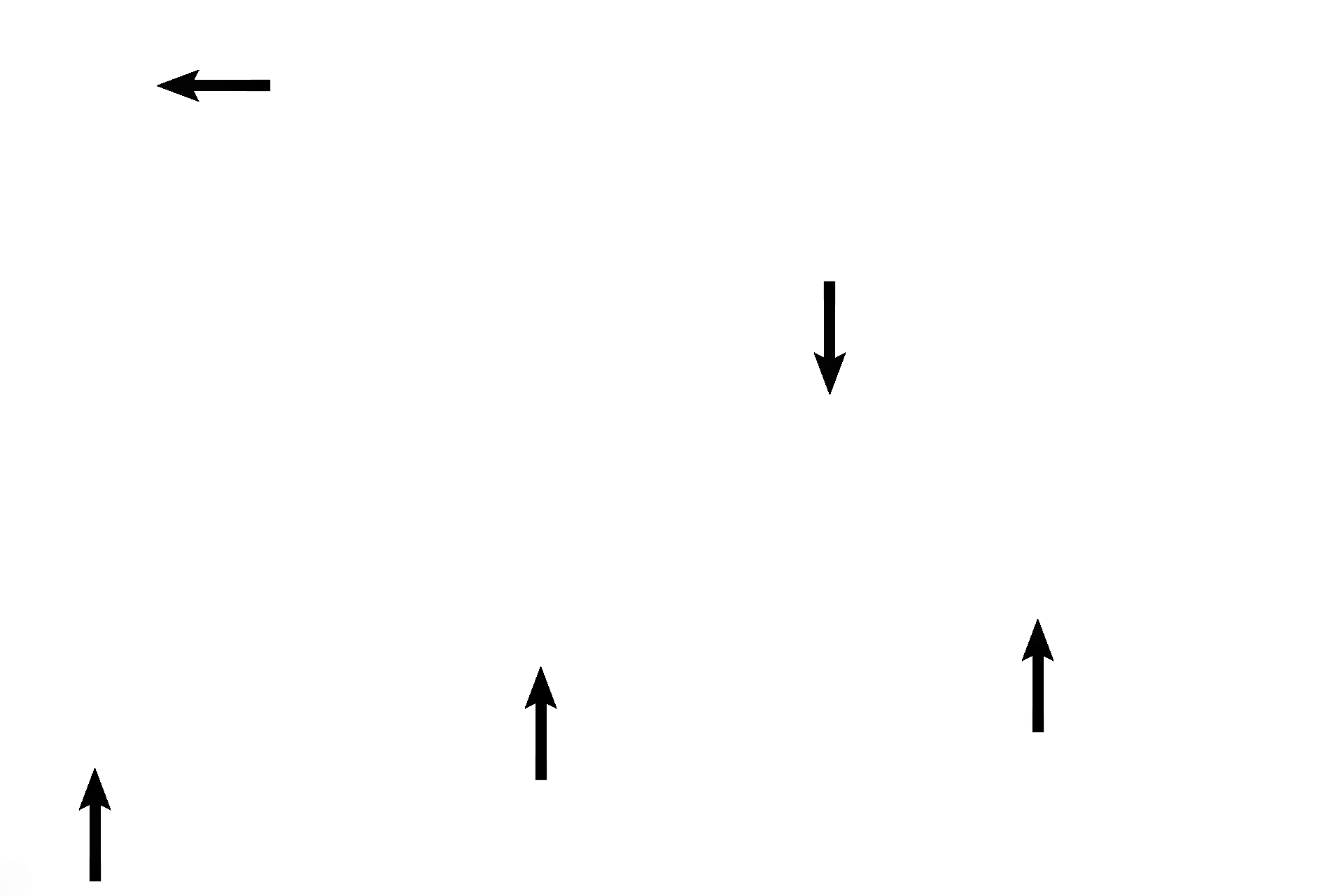
Alveolar lining: Type I cell >
A very thin simple squamous epithelium (pulmonary epithelial or type I cell) lines most of the alveolar wall, thus providing the thinnest epithelial lining for gas exchange.
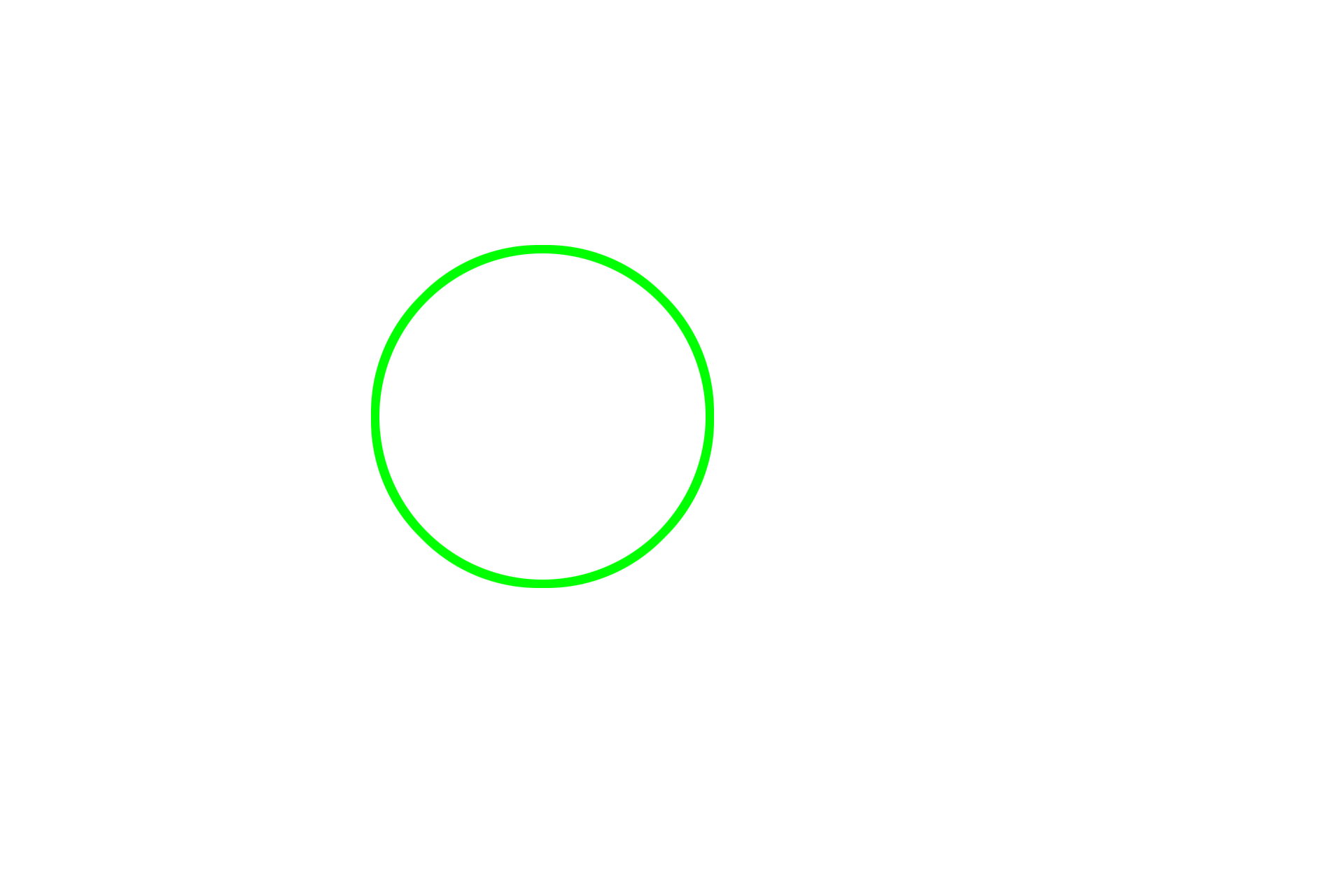
Alveolar lining: Type II cell >
Septal cells (type II) also line the alveolar space although they cover far less surface area than does the simple squamous epithelium. Each septal cell can be identified by its frothy cytoplasm, indicative of the phospholipid, surfactant, it secretes. The thin surfactant layer reduces surface tension, thus aiding inflation of the alveoli during inspiration.
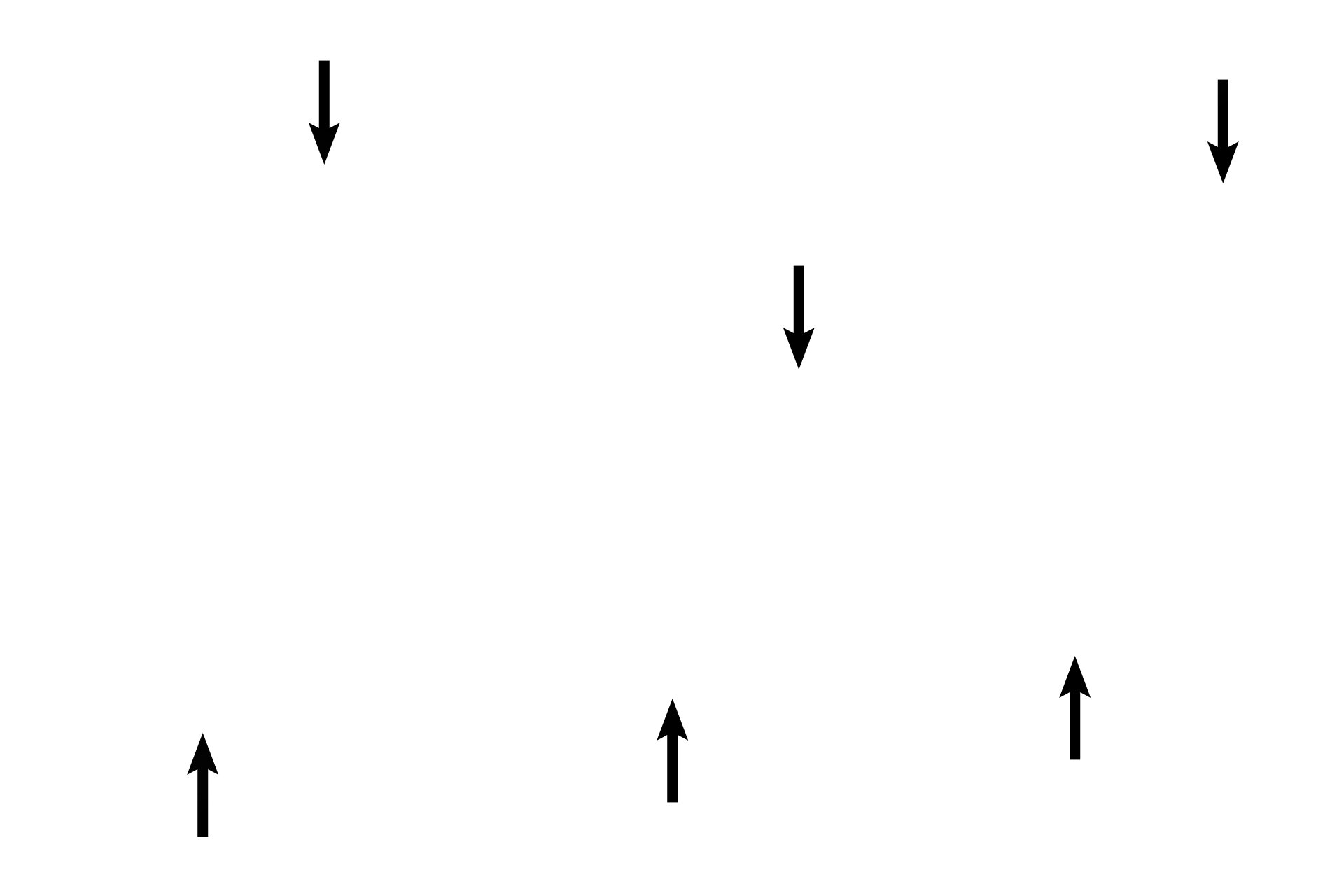
Surfactant
Septal cells (type II) also line the alveolar space although they cover far less surface area than does the simple squamous epithelium. Each septal cell can be identified by its frothy cytoplasm, indicative of the phospholipid, surfactant, it secretes. The thin surfactant layer reduces surface tension, thus aiding inflation of the alveoli during inspiration.
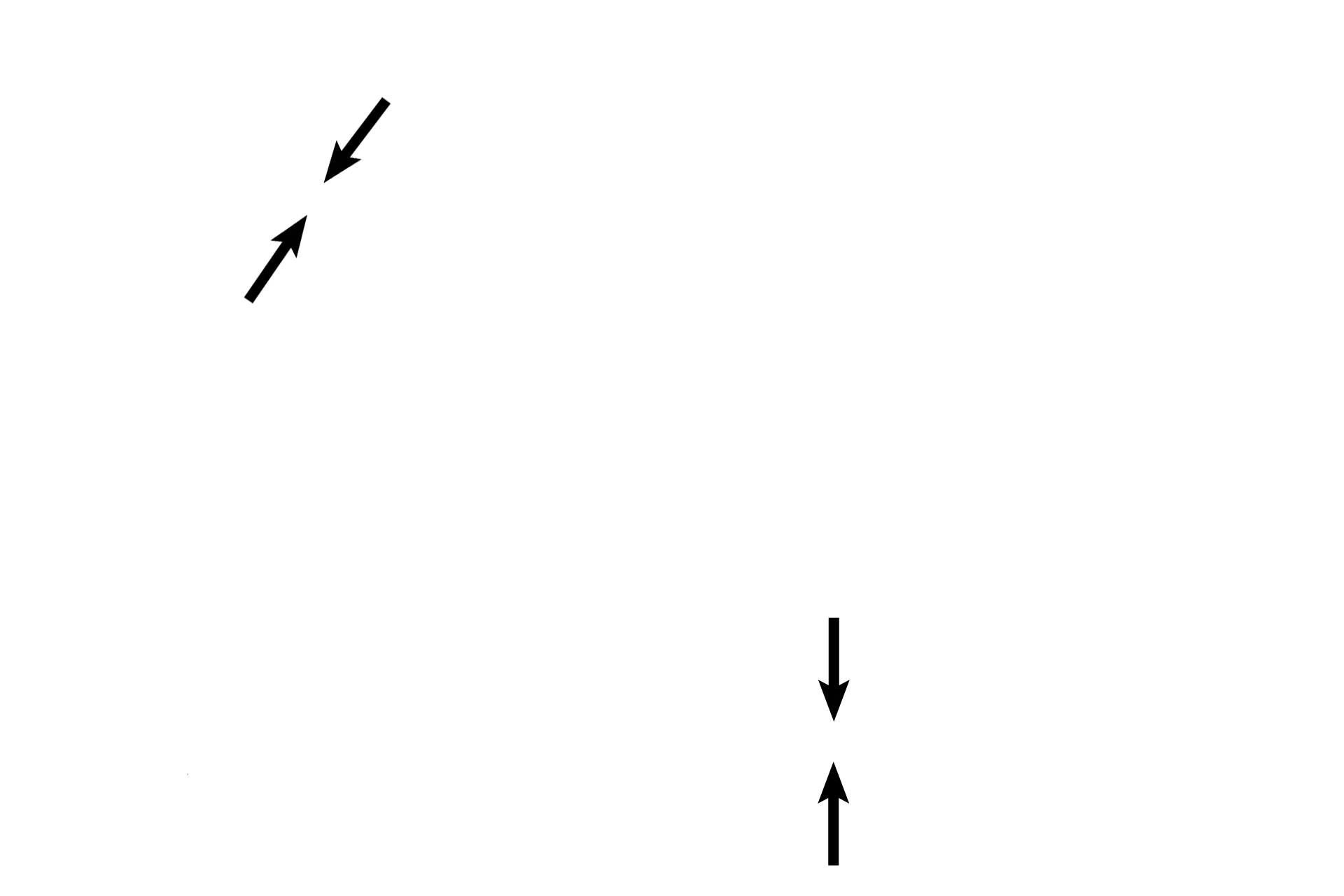
Air-blood barrier >
The air-blood barrier is composed of the simple squamous epithelium (type I cells) lining the alveolus, the simple squamous epithelium (endothelium) lining the capillary, and their fused basal laminae.

Macrophage >
Macrophages phagocytose air-borne particles (dust cells) and/or red blood cells present in alveoli during congestive heart failure (heart failure cells). Macrophages may be located within the wall of the interalveolar septum or may lie free in the alveolar space, lying within the surfactant layer, as seen here.